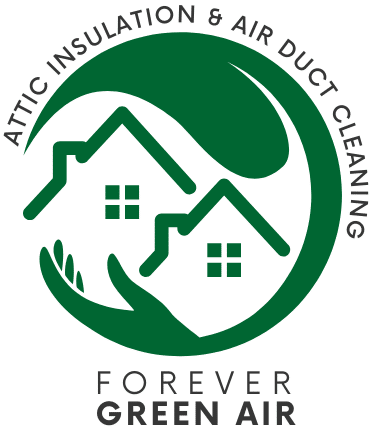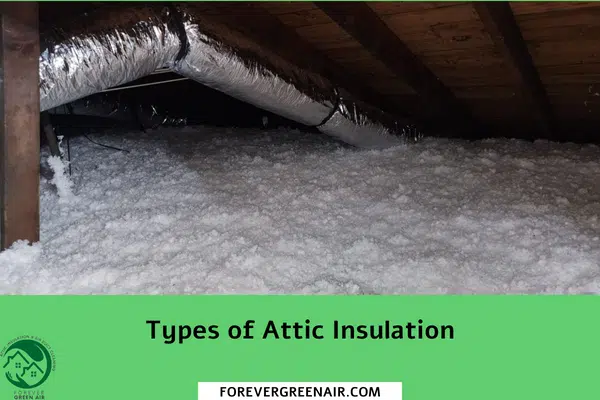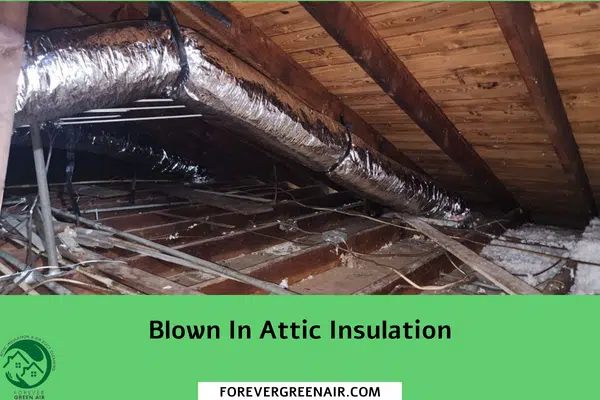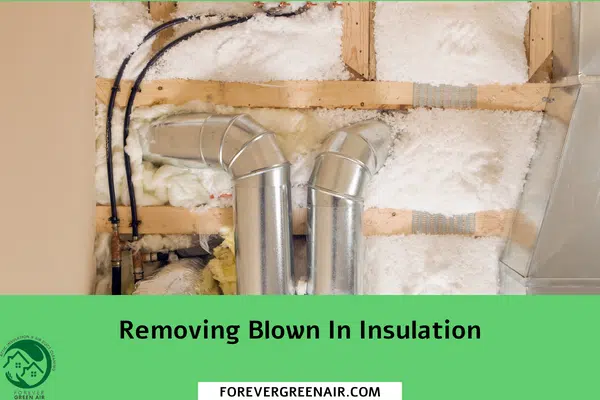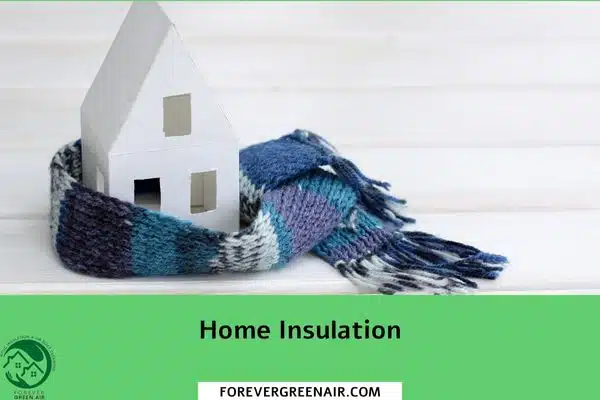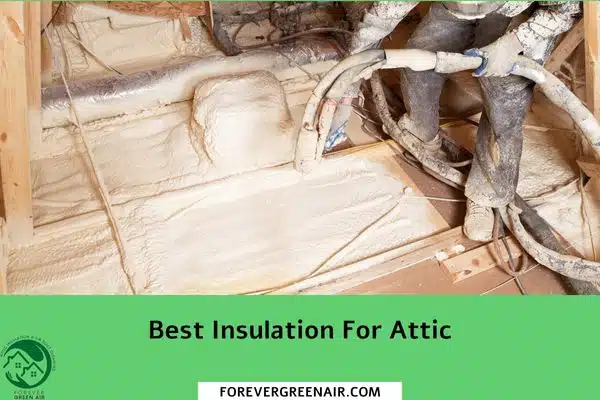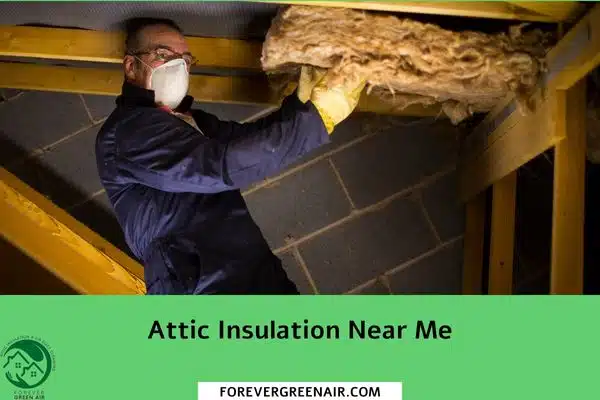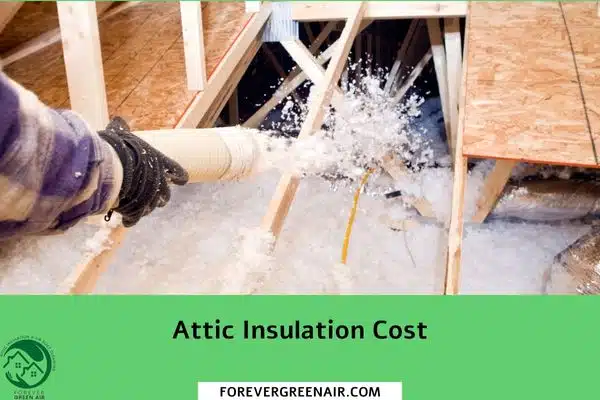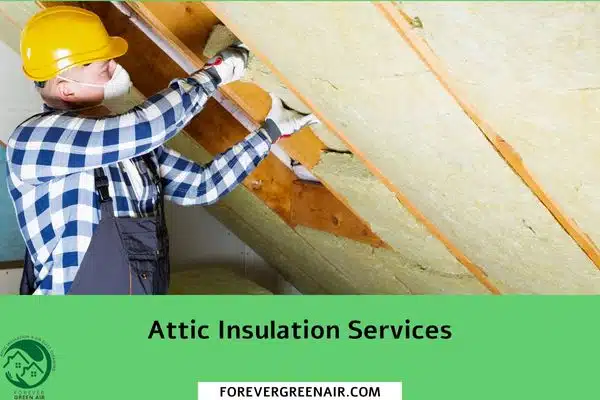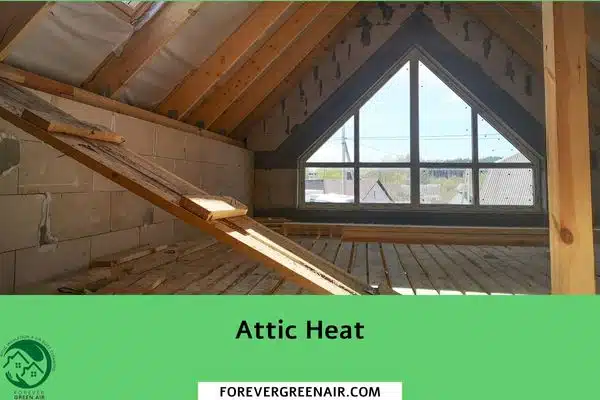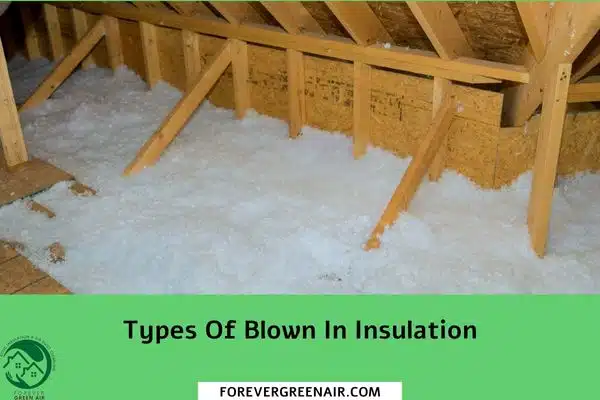Are you considering upgrading insulation in your home? Blown in insulation is among the most common types of insulation used to keep homes snug and energy efficient.
Generally cost-efficient and easy to install, blown in insulation isn’t a “one size fits all” when it comes to choosing the best option for your project. With so many different styles available, understanding each type can help you make an informed decision about what’s right for your home.
In this article, we’ll discuss some of the different types of blown in insulation on the market today—from fiberglass batt/blanket to loose-fill cellulose—to help you decide which one will work most effectively for your family’s needs.
Understand the Different Types of Insulation and Their Benefits
When it comes to insulating your home, you have a few different options to choose from. One popular choice is blown-in insulation, which can come in a variety of types.
These types include cellulose, fiberglass, and mineral wool, and each one offers its own unique benefits. Cellulose, for example, is made from recycled paper and can provide excellent fire resistance. Fiberglass insulation is known for its durability and affordability, while mineral wool is a great option for soundproofing.
By understanding the different types of blown-in insulation and their benefits, you can make an informed decision on which one is best for your home.
Contact Us
Fiberglass Insulation – Affordable, Effective, and Common
If you’re looking for an insulation material that’s affordable, effective and widely used in homes and buildings, look no further than fiberglass insulation. Made from finely spun glass fibers, this type of insulation can be installed in batts or blown in, depending on your needs.
While batts are more commonly used in walls and attics, blown-in fiberglass insulation is often used in attics, crawl spaces, and hard-to-reach areas. What sets fiberglass insulation apart is its ability to effectively trap air and limit the transfer of heat, making it a great choice for controlling indoor temperatures and reducing energy bills.
Plus, it’s versatile enough to be installed in practically any part of a building, making it a popular choice for homeowners and building contractors alike.
More Articles
Cellulose Insulation – Eco-Friendly and Cost-Effective
As concerns about climate change and energy costs grow, many homeowners are looking for ways to make their homes more eco-friendly and cost-effective. One option that is gaining popularity is cellulose insulation.
Made from recycled paper products, cellulose is a sustainable alternative to traditional insulation materials. One of the benefits of cellulose insulation is that it can be blown into tight spaces, making it a great option for older homes that may not have been built with insulation in mind.
There are a variety of types of blown-in insulation available on the market, but cellulose stands out for its affordability, effectiveness, and eco-friendliness. By choosing cellulose insulation, homeowners can make a positive impact on both the environment and their wallets.
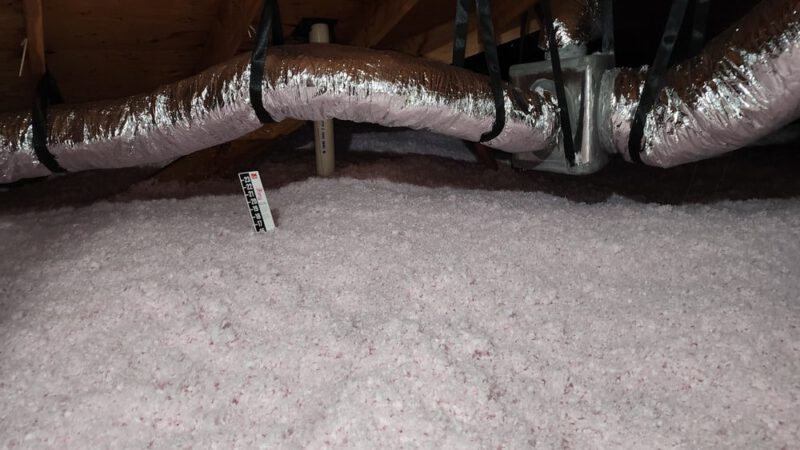
Rock Wool Insulation – Durable and Fire Resistant
When it comes to insulation, there are plenty of options available on the market. However, if you are looking for a durable and fire-resistant solution, rock wool insulation could be the perfect fit for your needs.
Unlike other types of blown-in insulation, rock wool is made from volcanic rock and can withstand high temperatures without compromising its effectiveness. In fact, it can actually help contain fires and limit their spread.
Plus, with its dense and fibrous composition, rock wool is great at reducing noise pollution and providing added structural support. So if you want an insulation solution that can stand up to tough conditions, look no further than rock wool.
Foam Board Insulation – Easy Installation and High R-Value
If you’re looking for a cost-effective and easy-to-install insulation option, foam board insulation may be the answer. With its high R-value, which measures resistance to heat flow, foam board insulation is a reliable choice for improving a building’s energy efficiency.
Unlike other insulation options, such as blown in insulation, foam board is relatively quick and simple to install. While there are other types of blown in insulation available, foam board stands out for its durability and ability to maintain its insulation properties over time.
Whether you’re looking to insulate a new or existing building, foam board insulation is a smart and reliable choice.
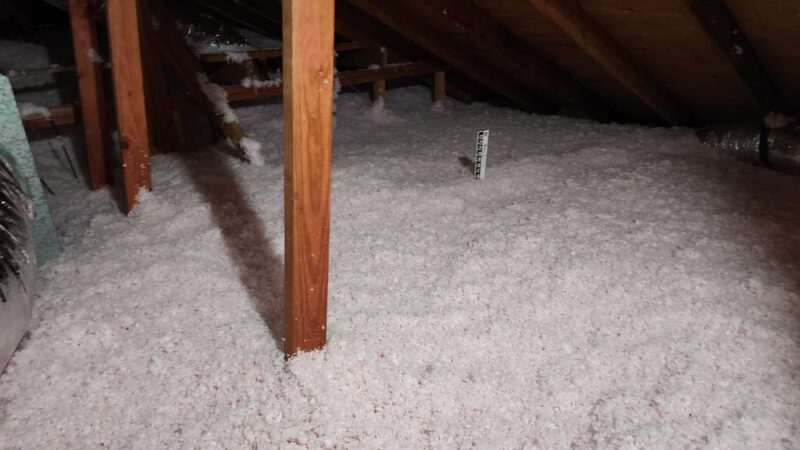
Consider Your Home's Specific Needs When Choosing an Insulation Type
When it comes to insulating your home, one size definitely does not fit all. Your house has specific needs that require a specific insulation type. That’s where types of blown-in insulation come into play. These options include cellulose, fiberglass, and mineral wool.
Each comes with its own set of benefits, whether it’s eco-friendliness or fire resistance. So take the time to consider your home’s unique characteristics before choosing the insulation type that will work best for you. With the right choice, you’ll keep your living space comfortable and your energy bills in check.
When choosing an insulation type for your home, be sure to consider the pros and cons of each material and how it will best meet your specific needs. Fiberglass insulation is affordable, effective, and common in residential homes.
Cellulose is eco-friendly and cost-effective. Rock wool is a durable option made from natural fibers that’s great at resisting fire. Foam board insulation is easy to install with a high R-value.
With so many options available to you, it’s important to research the different types of insulation so you can make an informed decision about which type works best for your home’s comfort level and energy efficiency.
Additionally, it’s essential to note where you should use each type of insulation in order to reap their full benefits – all while making sure Agile Construction/remodeling adheres with proper health & safety protocols!
Ultimately when looking for the right type of insulation, you’ll need to consider your climate conditions as well as any current or upcoming upgrades that must be done in order for the selected insulation solution to work properly; but no matter what you decide on, updating or replacing old foam insulation will certainly pay off in the long run with better air quality and energy efficiency that lasts!
